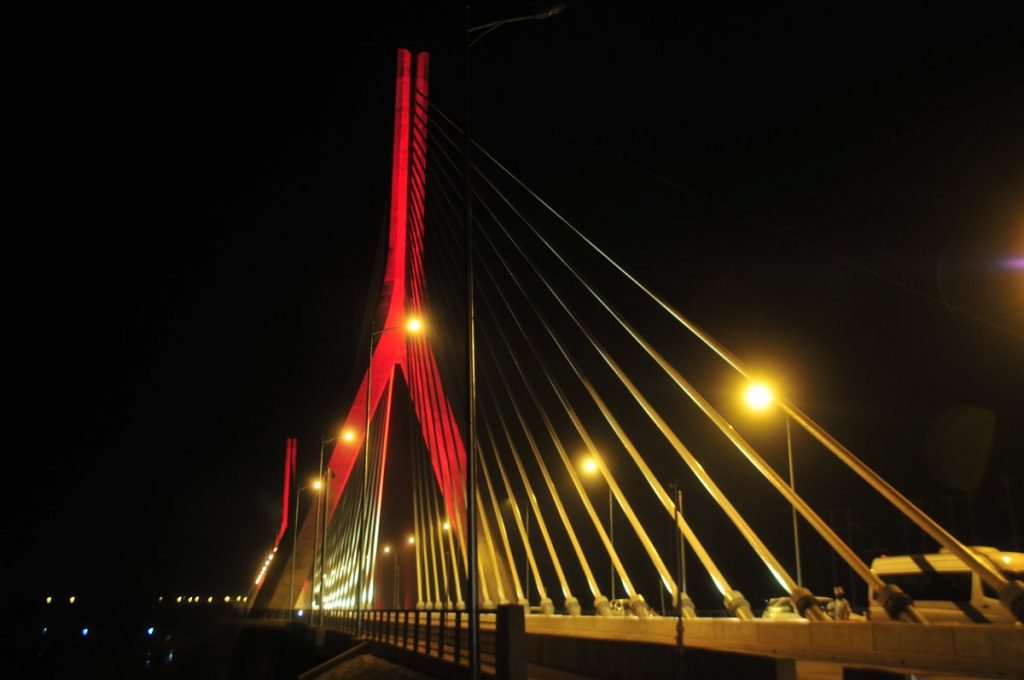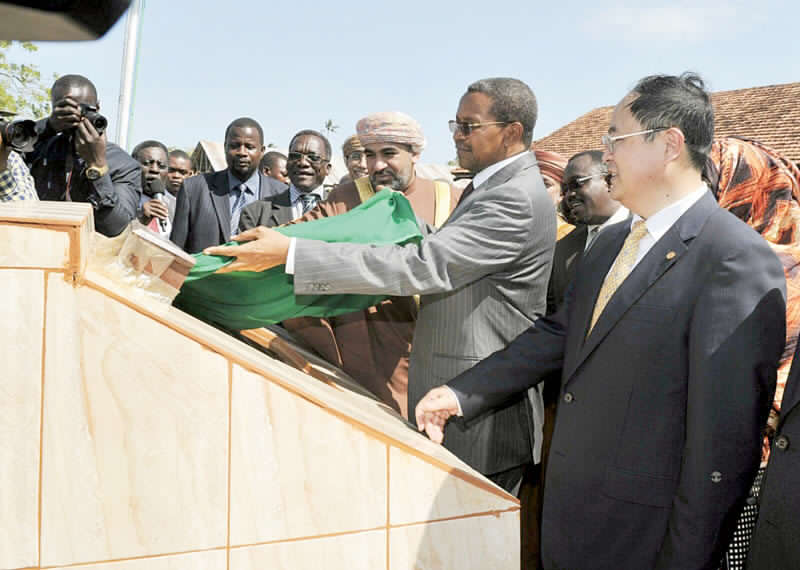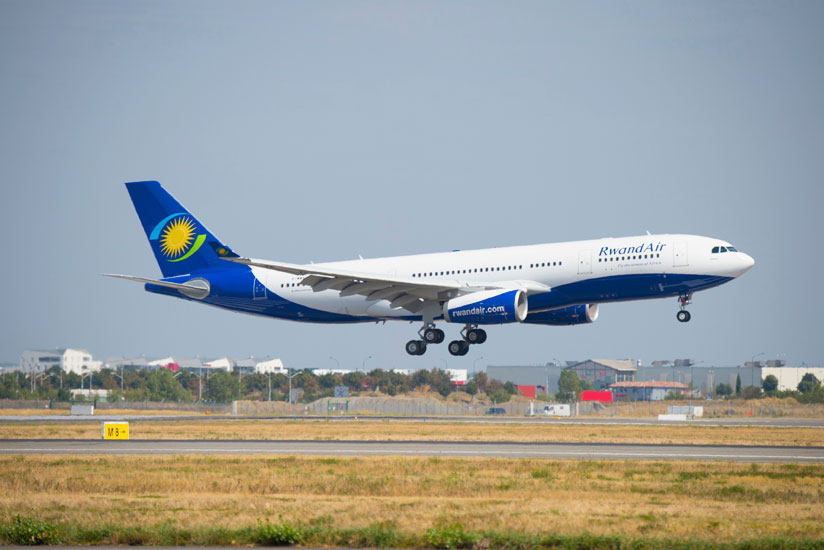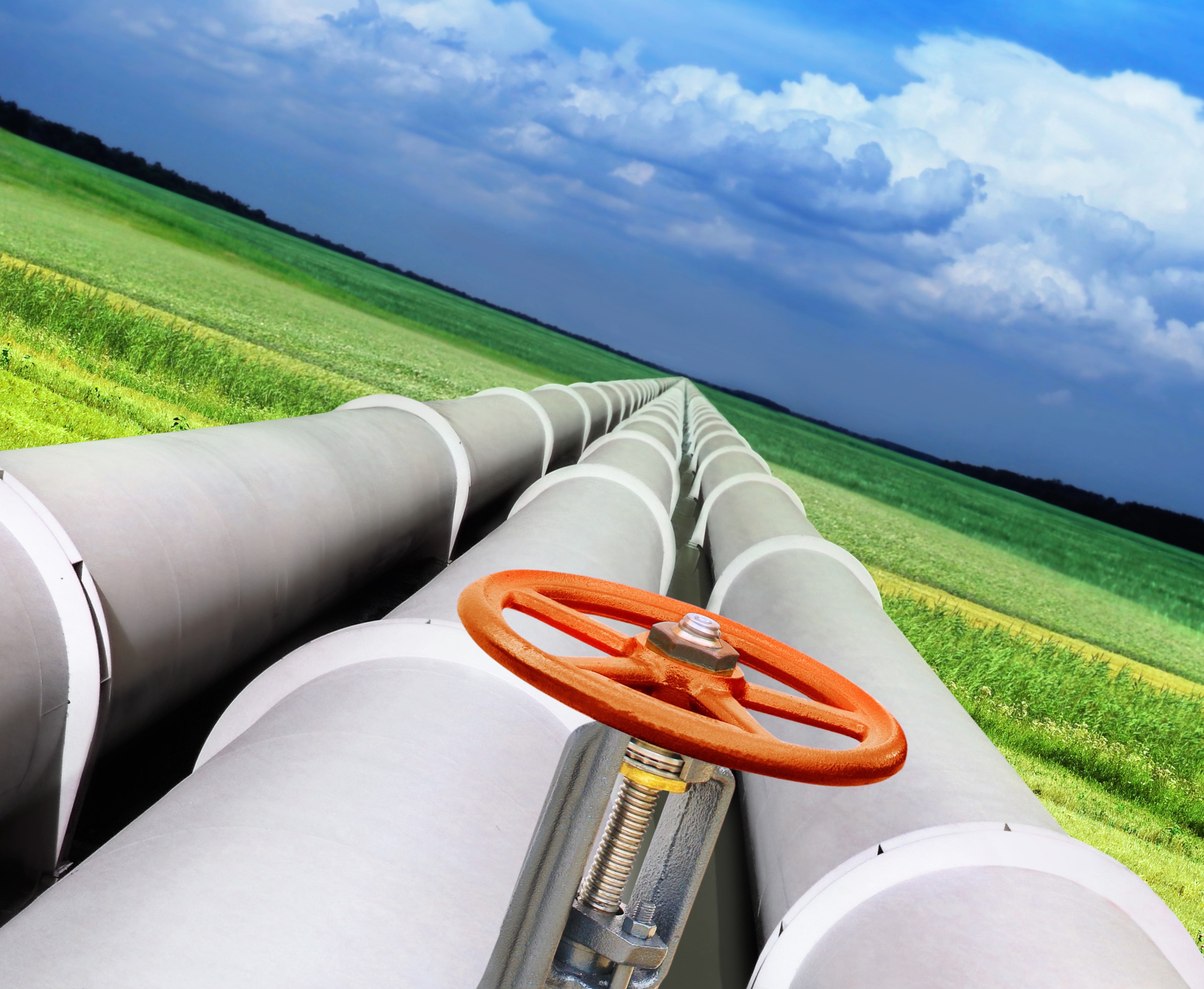The new cable stayed bridge built at the source of the Nile in Jinja is finally complete and launched, amidst excitement among Ugandans. Launching the dam President Museveni underscored the fact that road transport carries about 90 per cent of Uganda’s goods and passenger traffic. “With the new improved bridge, with dual carriage way, it would significantly improve road safety in the country. ” he said.
The Japanese State Minister for Foreign Affairs, Mr. Masahisa Sato, said economic development can not take place without core infrastructure.
The bridge is designed to last 120 years. This pales the older Owen Falls dam bridge whose lifespan was half that long. The old dam which is already showing signs of age by developing cracks, is now just over 60 years, having been built in 1954.
Morris Odrua Odoch, UNRA’s project engineer supervising the construction of the bridge, in May told The Infrastructure Magazine that the cable stayed bridge is designed to last longer than the old one and will have the uniqueness of its kind.
The long lifespan is not the only beauty about the new dam. The Jinja Nile Bridge is constructed with a high-level cable stayed technology, making it one of its kind in the East Africa. A cable stayed bridge is like a suspended bridge, but different from it.
While a suspended bridge has two or more towers that are connected by cables and the deck suspended by the cable. A cable stayed bridge on the other hand, has a deck which is strapped to one tower or holding station by cables. The cables take different shapes to hold the deck to the tower. There is no movement of cables between the towers (as is the case in the suspended bridge); in this case it is just one tower (or a number of towers), but each independently holding its part of the deck through cables. This engineering creates a spectre over the river.
Located about 500 metres south of the old bridge (Nalubaale Dam), the new bridge is closer to the source of the Nile, where the mighty Nile starts its magnanimous journey to the Mediterranean Sea.
In terms of the structural plan, the bridge is 525 metres long and 8 metres high. It has 785 metres access road for Kampala side and 1,044 metres access road for Jinja side with the deck width of 22.9m carriageway and 2.0m Walkway. The Bridge is designed to accommodate two traffic lanes and one walkway with 7.0 metres carriageway plus 2.0 metres of walkway in each direction. This is supported by a single plane of the cable stays, which is fixed in the middle of the girder.
O how the technology manages to sustain the heavy load traffic on the bridge, Odoch said; “The load caused by the traffic on the bridge is transferred to the ground through the four supporting structures with two pylons. The pylons have an inverted Y-shaped design with 69.0 metres high.
The bridge will have a unique pocket park for viewing and a Michino-Eki (Road resting station) will as well be provided on the bridge, with a structure containing a mini supper market, restaurant, room for bridge maintenance team, security house and exhibition centre.
The US$125 million (Uganda shillings 41 billion) project is funded by Japan International Cooperation Agency (JICA) and the Government of Uganda. Construction works were done by a joint venture of Zenitaka Corporation of Japan and the Hyundai Engineering and Construction Company of South Korea. The construction process started in April 2014 and has therefore taken four years. Although expected to have been completed in April this year, there were delays arising from contracting and a surprise encounter with a hard rock at the riverbed that had not been earlier discovered.
The new bridge provides a second alternative entry point to Kampala, from the East of the country, which will provide a reliable connection to the south, western and northern parts of the country through the capital Kampala, the biggest business center in Uganda.
According to UNRA, the new bridge fulfills three basic objectives; economically, it provides an irreplaceable cord to the Northern Corridor Route (NCR) running to western Kenya and the Kenyan- coast through Busia and Malaba. For this reason, the bridge promotes economic development in Uganda and integrating Uganda with the surrounding countries in the region, by guarantying the movement of people and goods to and outside Uganda. Another benefit of the new bridge is that it ensures the safety of the NCR transportation system by relieving traffic loads from the existing deteriorating Nalubaale dam. It also enhances tourism due to the bridge’s iconic signature presence in a picturesque location.
Cable-stayed bridges were first build in Europe after the Second World War. However, it is known that the basic design for those kinds of dams dates back to 16th century Croatian inventor, Faust Vrancic. Vrancic developed the first known sketch of a cable-stayed bridge in his book Machinae Novae.
Over the years, cable-stayed bridges technology has become more popular for distances of 152 to 853 meters. The cable stayed bridges are cheaper (don’t consume a lot of steel and cable). Their suspended bridge counterpart, which is more expensive to build. Unlike suspended bridges that consume more, cable stayed bridges consume less steel cable, are built faster and they incorporate more precast concrete sections.
Parts of this article were published by The Infrastructure Magazine print edition early this year.













